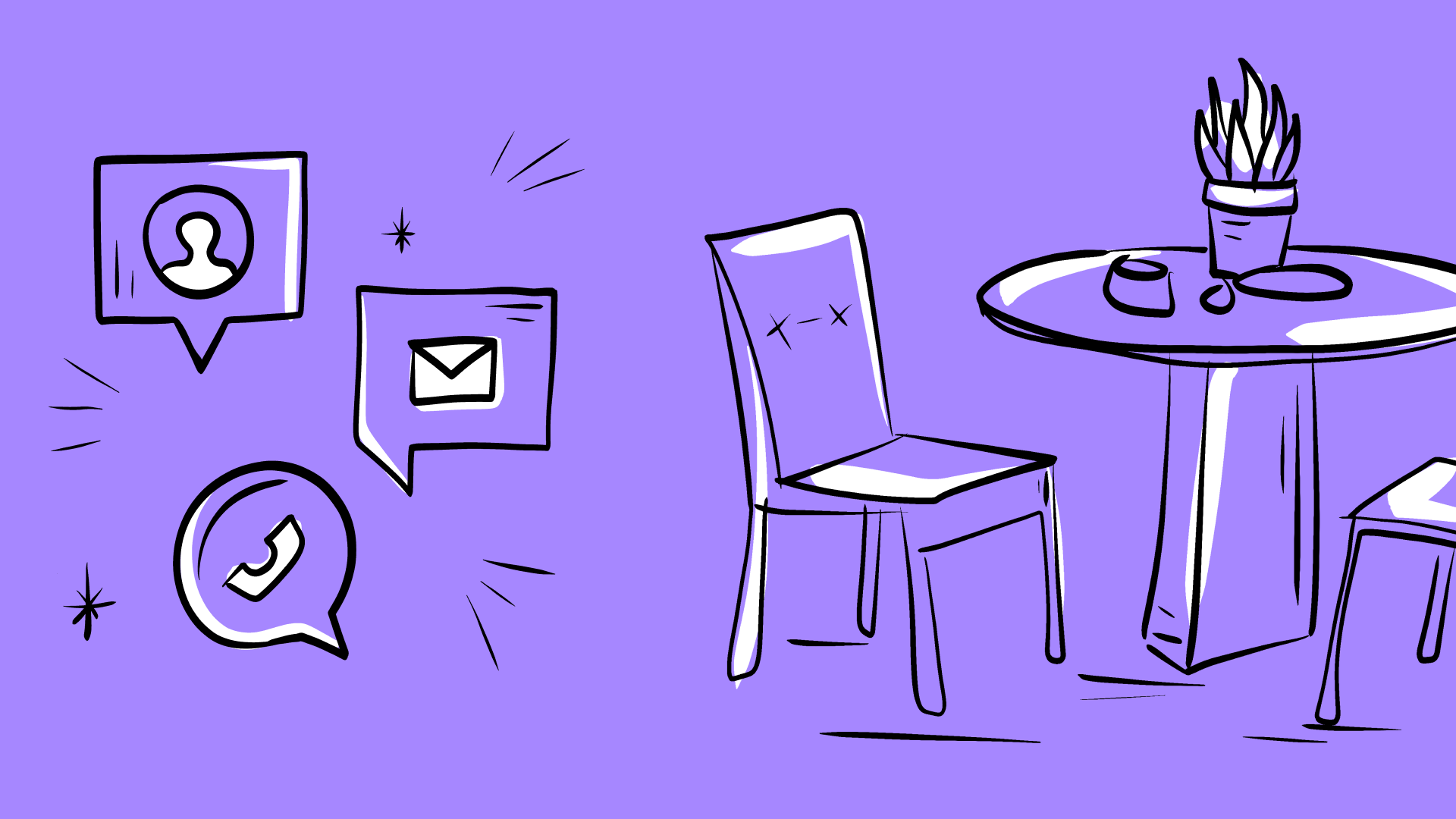The food and beverage industry has been quick to adopt QR code menus, accelerated by the need for contactless options due to the pandemic. The National Restaurant Association says half of all full-service restaurants in the US have opted for QR code menus. And payments using QR codes are predicted to make up 47% of all retail purchases by the end of next year.
But will they go the way of MySpace and hoverboards, or is their sticking power strong enough to keep them around for years to come? Here’s why we think you’ll be whipping out those phone cameras for the foreseeable future.
Try our free QR code generator today.
QR codes create efficiency
In 2017, Apple added the ability to scan QR codes from iPhone cameras. Other smartphone companies followed suit, making it easier than ever to scan a QR code and access a menu. And since 78% of the world’s population owns a smartphone, most diners can access your menu from their phones.
QR code menus aren’t only easy to access; they speed up the order process. At Bbot, we analyzed our customer data and found it takes an average of three minutes for a guest to scan a QR code, browse the menu, and place their order. This process is much more efficient than traditional server ordering — when guests order and pay on their terms, your business will see faster table turnover and, ultimately, higher revenue.

Save on front-of-house labor and staffing
QR code menus save servers time and, in turn, save your business money. The current nationwide staffing shortage is likely not going away anytime soon, so it is essential to capitalize on any efficiency gains that can be executed with limited staff. Table-side QR codes enable businesses to save 30 to 50% on labor costs by eliminating the need for servers to take orders and collect payments. Have your servers focus on building relationships with guests by answering questions, delivering orders from the kitchen, upselling, and following up. Decrease the transactional human interactions and increase the true moments of engagement!
Enable data collection and personalization
QR codes enable you to gather valuable data from your guests, making it easy to build a database of customers’ order histories and contact information. With order data, you can personalize a returning guest’s digital experience with targeted messaging and discounts for previously purchased dishes.
Aggregating guest order data makes it easy to suggest popular items guests may be interested in ordering. Online menus also make it easy to upsell certain products and suggest add-ons to guests’ orders before checkout. With access to these critical data points, you’ll create a more targeted and personalized guest experience, bringing in more revenue with every customer.

Promote sustainability in the food industry
Online menus are a more environmentally-friendly alternative to paper menus; reprinting your paper menu every time you change or update it is expensive and unsustainable. Utilize online menus by printing one dynamic QR code on each table in your restaurant. The QR codes don’t need to be changed even if you update your menu.
Not only is this better for the environment, but it’s also better for business. You can make menu updates or delist out-of-stock items with the quick click of a button! This way, guests always have access to your most up-to-date menu, leading to less confusion and heartbreak.




